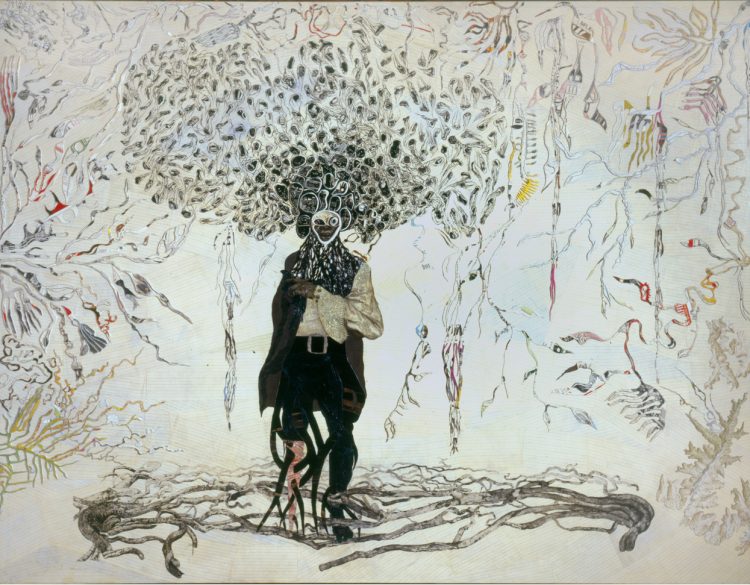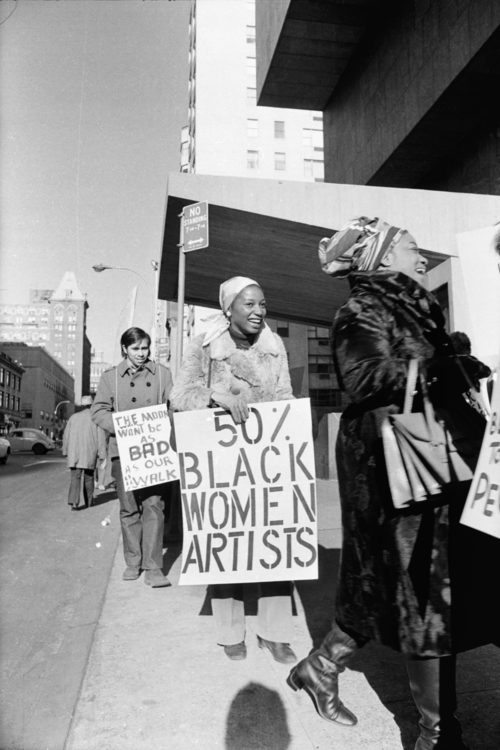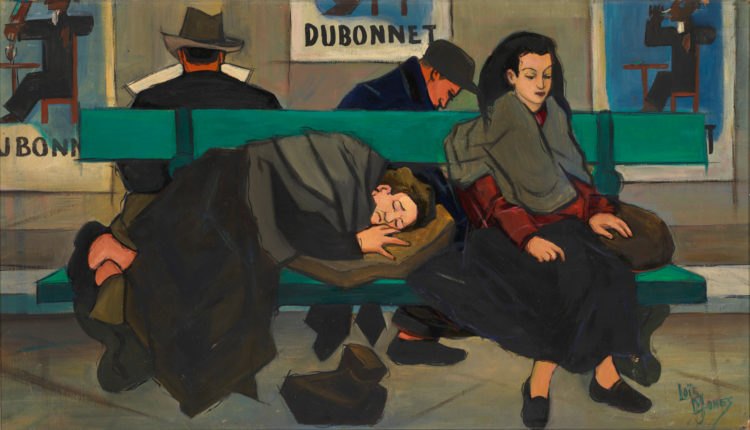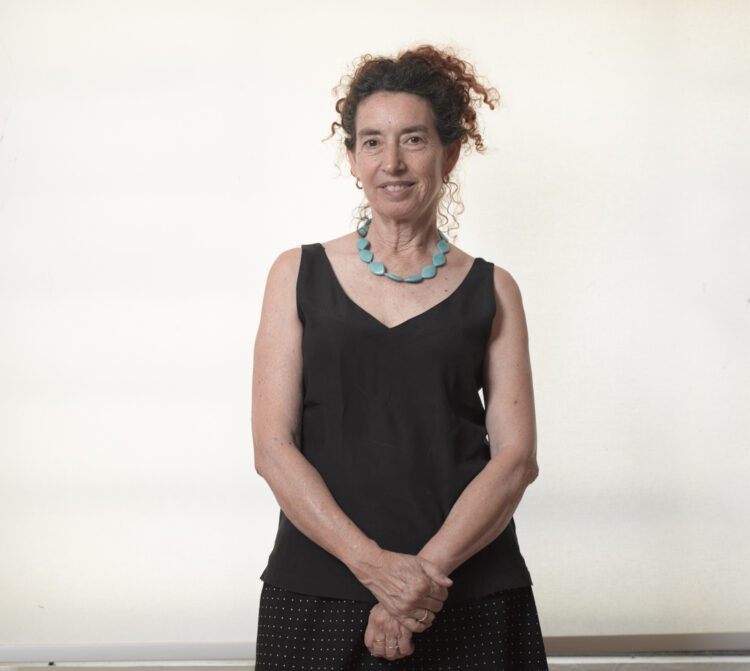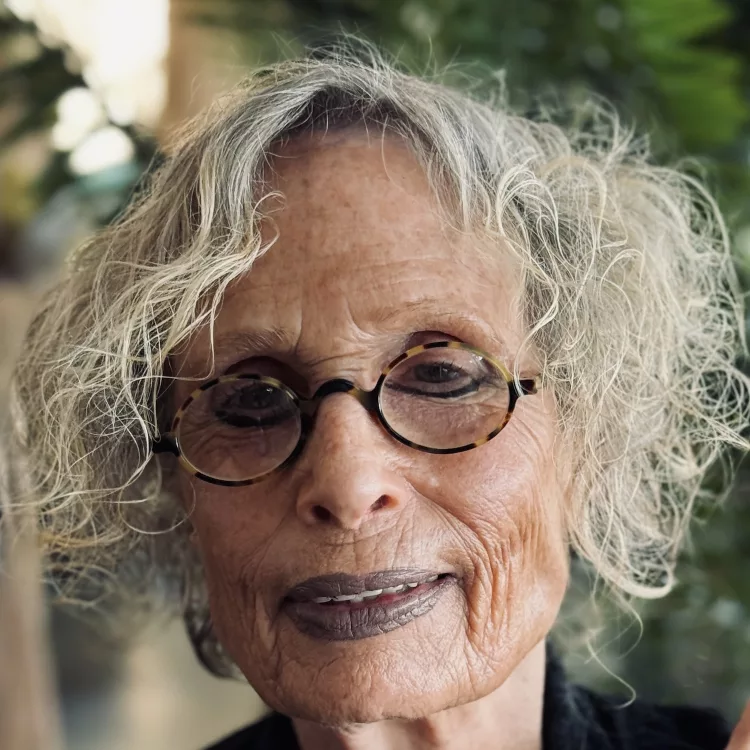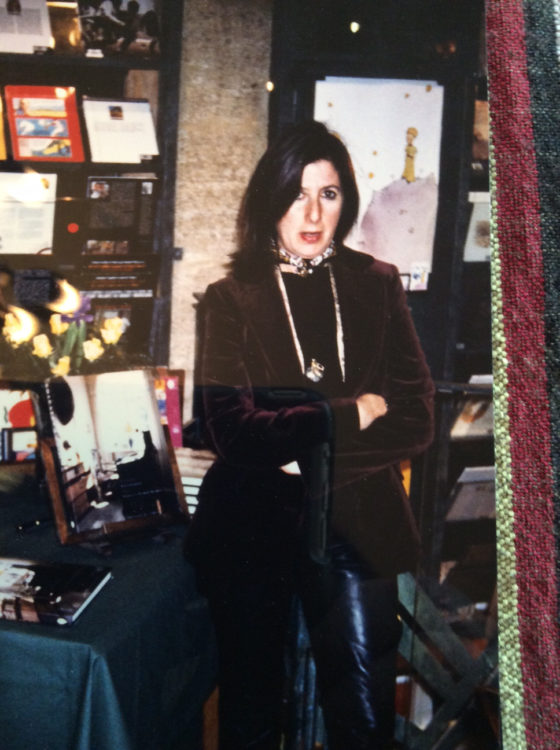Laura Wheeler Waring
Herring, James V. and James A. Porter. In memoriam, Laura Wheeler Waring, 1887–1948: an exhibition of paintings, May and June 1949. Washington, D.C.: Howard University, Gallery of Art, 1949
→Kirschke, Amy Helene (ed.), “Laura Wheeler Waring and the Women Illustrators of the Harlem Renaissance”, in Amy Helene Kirschke (ed.), Women Artists of the Harlem Renaissance. Jackson [Miss.]: University Press of Mississippi, 2014
→Leininger-Miller, Theresa. “‘A constant stimulus and inspiration’: Laura Wheeler Waring in Paris in the 1910s and 1920s.” Source: Notes in the History of Art, vol. 24, no. 4, 2005, pp. 13–23
The Harlem Renaissance and Transatlantic Modernism, The Metropolitan Museum of Art, New York, USA, 25 February–28 July 2024
→Women in Motion: 150 Years of Women’s Artist Networks at PAFA, Pennsylvania Academy of the Fine Arts, Philadelphia, 17 June 2021–3 July 2022
→In memoriam, Laura Wheeler Waring, 1887–1948: an exhibition of paintings, Howard University Gallery of Art, Washington, D.C., USA, May–June, 1949
American painter.
Laura Wheeler Waring is best known for her realist, classical and insightful portraits of Black subjects. In her works such as the moving Anna Washington Derry (1927), the captivating Girl in Red Dress (1935) or the large-scale sophisticated painting of opera singer Marian Anderson (1944), she celebrated the dignity of African American working-class people, the beauty of young Black women as well as important figures within the Harlem Renaissance movement.
Born in Hartford, Connecticut, into a middle-class family sensitive to her early artistic interest in portraits and drawing, L. Wheeler Waring received formal training at the city’s Public High School. She then enrolled in the prestigious Pennsylvania Academy of the Fine Arts in Philadelphia, from 1910 to 1914, to pursue studies in illustration and portraiture. During her final year, she was the recipient of the William Emlen Cresson Memorial Travel Scholarship for her work in illustration, which allowed her to fund a tour of art museums in Europe. She travelled to Paris, visiting the Louvre and meeting with African American expatriate artist Henry Ossawa Tanner, but her stay was curtailed after three months by the outbreak of World War I. Upon her return to the United States, she started serving as a full-time art and music instructor at the Cheyney Training School for Teachers in Philadelphia, where she would remain until her retirement in 1945. While teaching, L. Wheeler Waring also became a longstanding contributor to The Crisis, the official magazine of the National Association for the Advancement of Colored People, founded in 1910. She was the woman artist most frequently featured during W.E.B. Du Bois’ editorship, with her illustrations adorning covers or featured articles and short stories in the journal. Her memorable pages notably included the iconography of Ancient Egyptian imagery to represent Africa. In addition to those two activities, L. Wheeler Waring also taught drawing at Columbia and Harvard Universities during the summers to earn a little extra money. She made two other trips to France, in 1924–25 and in 1929, which allowed her to devote herself entirely to her artistic work. She studied at the Académie de la Grande Chaumière for over a year, had a show of portraits in a Parisian gallery and while touring France painted landscapes such as House at Semur, France (1925) and Foothills of the French Pyrenees (1929).
Following her stays in France, L. Wheeler Waring started gaining greater recognition in the United States: she received a Gold Award from the Harmon Foundation for her achievements in Fine Arts in 1927, for her portrait Anna Washington Derry; her works were shown in various group exhibitions at the Brooklyn Museum, the Art Institute of Chicago and the Philadelphia Museum of Art; and during the early 1940s she was commissioned by the Harmon Foundation to create the series Portraits of Outstanding Americans of Negro Origin for a national exhibition tour aimed at countering stereotypical representations associated with Black people. In one of the portraits in this series, the painting of writer Jessie Redmon Fauset (1945), L. Wheeler Waring incorporates a still life painting in the background to decorate the room of the sitter. The artist also experimented with the traditional genre of still lifes through flower pieces, as evidenced by this work that testifies to her love for both genres and for natural beauty.





















